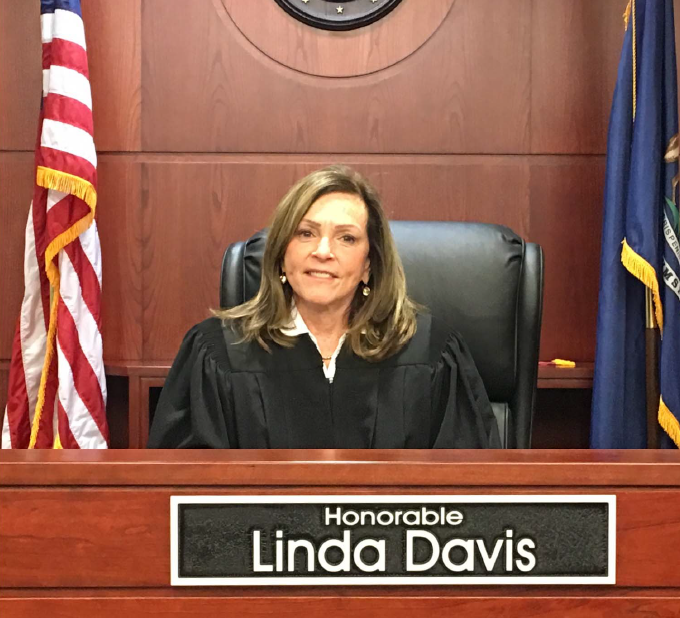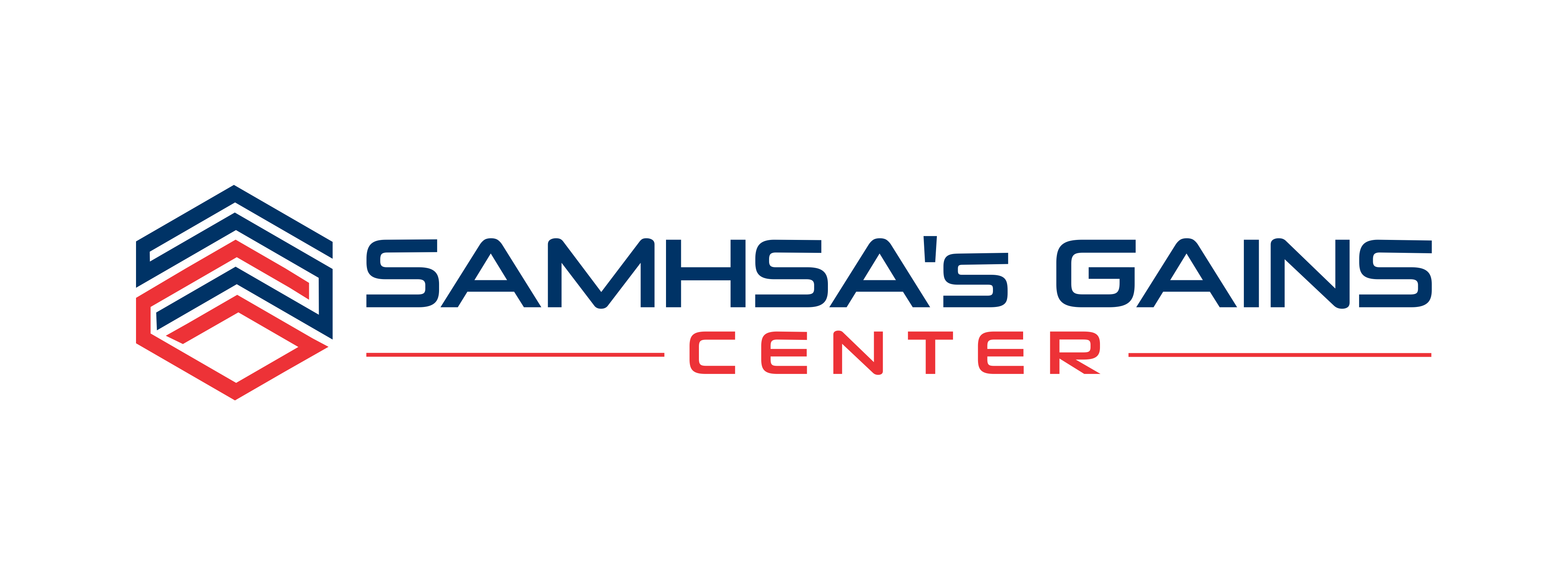 Question: As a former prosecutor, a current judge, and president of Families Against Narcotics (FAN), you have several vantage points on working with individuals, families, and communities impacted by substance use disorders. What are one or two key insights gained through these multiple lenses that you believe are important for your colleagues in behavioral health, criminal justice, and medical settings to consider when working with the same populations?
Question: As a former prosecutor, a current judge, and president of Families Against Narcotics (FAN), you have several vantage points on working with individuals, families, and communities impacted by substance use disorders. What are one or two key insights gained through these multiple lenses that you believe are important for your colleagues in behavioral health, criminal justice, and medical settings to consider when working with the same populations?
There is so much misunderstanding about addiction in general. Unfortunately, it has taken a global epidemic to bring this discussion to the forefront of our attention. I think people need to quit treating addiction as a crime and treat it more as a substance use disorder or a disease. Focusing on treatment rather than incarceration is a more appropriate way to deal with the [opioid] epidemic in the court system, still holding individuals with substance use disorders accountable, but in a different kind of way.
Question: As 41B District Court Judge, one of your roles is to preside over the Macomb County Drug Court. Can you speak about some of your drug court initiatives that have been effective in supporting individuals in the recovery process?
41B District Court was the first court to institute a medication-assisted treatment (MAT) program [in Michigan]. I would love to take that further, but it is a slow process due to negative attitudes and misconceptions regarding the use of drugs to treat addiction. I have been working to educate the community, insisting that if we are going to call this a disease, then we need to treat it like a disease. That means we need to make sure that we are giving accurate assessments and doing what is medically necessary to take care of individuals with substance use disorders. We are also one of the first courts in the state of Michigan to institute peer coaching for people experiencing substance use disorders. We even extend that to families, through FAN, with family coaching, which helps them learn how to love someone with a substance use disorder. A lot of parents engage in enabling types of behaviors that keep their loved ones in addiction. You hear people all the time say, “Well I can’t just walk away from my child.” Nobody is asking them to do that. But teaching families to always keep recovery at the forefront supports the person who is experiencing addiction and the professionals who are treating it.
Question: What are some impacts (positive or negative) that you have seen from the use of MAT for people with opioid use disorders in your community?
The biggest hurdle we have to get over is the negative attitudes and misconceptions around MAT. Even among professionals who treat addictions, there are differing opinions about when it is appropriate to treat with naltrexone, buprenorphine, or methadone. In our court, we do not have an addiction specialist in the court to formulate assessments, so judges are left to determine the appropriate clinical approach for each person who comes through drug court. There are very few practice guidelines for drug court judges.
I am very open to the use of all three forms of medically assisted treatment. In our court system, we predominantly use naltrexone because it works well in our drug court setting. We have a captive audience that is motivated because they don’t want to go to jail. We connect the individuals back with their families so they will have family support when possible. We help find them jobs so they are working and seeing some real benefits to staying drug-free. I have as many as 65 people in my drug court at any given time, and have had incredible success. Hundreds of individuals have completed our program.
Question: The new Hope Not Handcuffs program of Families Against Narcotics relies on innovative partnerships between law enforcement and community organizations to support individuals seeking information about and connections to treatment options. How was that partnership initiated, and how does it work?
We became aware of a program in Gloucester, Massachusetts, where the police department is reducing fatal drug overdoses by offering treatment options to individuals with opioid use disorders without fear of arrest or being charged with a crime. We are always interested in innovative approaches that we can adapt to our locality. We started meeting with police departments and it took us about a year to get our protocol set up. By the time we launched in Macomb County, we had 29 police departments partnering with us and 250 volunteer “angels” at the police departments to facilitate the process. We partnered with over 350 treatment facilities across the United States to make sure we could get people placed in treatment immediately.
The program launched on February 1, 2017, and since its inception we have placed over 1,850 people into treatment. Placements happen within 3-4 hours and often occur within an hour. The program grows daily. Within 1 year we grew from partnering with 29 police departments in 1 county to partnering with 69 police departments in 9 counties. Now we get calls from all over the United States from communities interested in replicating the program.
Question: What did you hear from Law Enforcement in terms of their willingness to partner with you? What drove them to partner with you in this initiative?
I think they are as frustrated as everyone else in the system. They are weary of responding to overdose situations, telling parents that their children are dying, and seeing the same people coming through the justice system over and over again. So they are taking a hard look at whether incarceration has been effective in accomplishing their end goal, whether it makes sense to spend taxpayer money to house people in jail who often come right back out and commit another crime related to their illness. I will tell you that the police officers who have joined with us have really enjoyed the program. Now, during drug stings, instead of arresting everybody, they will call Hope Not Handcuffs staff to the police department and offer individuals treatment instead of bringing charges against them. For those who accept and stay in treatment, the charges never get brought.
Question: From your personal and professional experiences, what is one thing you believe is most critical to ending the opioid epidemic in the United States?
I am not sure there is one most critical thing. Clearly, removing pain management from the medical vital signs would go a long way to prevent doctors from overprescribing narcotics. But there are so many aspects to addressing this epidemic. Our approach has been pretty archaic in the United States. We have been doing the same thing over and over and getting the same results. We have incarcerated people with substance use disorders for years; they get out, they start using again. And when people go to treatment, they come out and many relapse within 72 hours. I think we need to take a critical look at what’s going on in treatment if people are not able to stay clean for 30 days after they get out.
I am hoping this epidemic will make us take a look at all the spokes of treatment and recovery, so we can get all the parts running smoothly and working together. One positive development is that people are starting to form partnerships. Doctors are working with judges, judges are working with police officers, and we are working with mental health facilities and medically assisted treatment programs. We are breaking down silos and beginning to deal with this problem as a unit.


